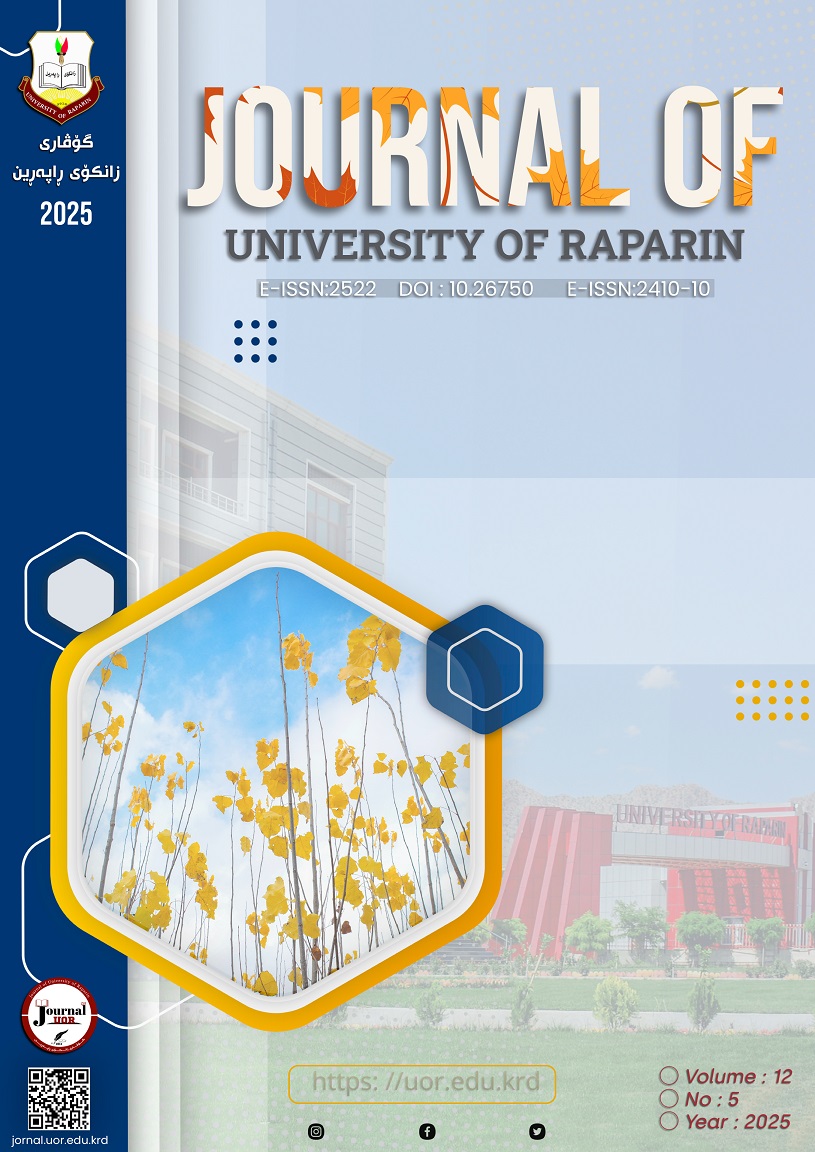الملخص
This research paper aims to investigate the art of (narrative montage in Youssef Ziedan’s short stories Hal u Tirhal). The writer obviously employs those techniques in his short stories through vigorous use of visual, technical methods, borrowed from drama and theatre montaging techniques, in parallel with narration principles. Youssef Ziedan was well acquainted with the artistic forms popular at the time of his literary career and he was successful in using cinematic arts, in particular montage. This reflects a high level of literary awareness as research shows he strongly believed that a writer’s job is not merely to write and narrate events, but a writer is an artist who produces art, like artists across other fields. Thus, narration, a part from linguistic and literary meanings, is a system of moving images which have previously been formed in the writer’s imagination and require specific tools and hard work to be transferred to the receiver the way they are in the writer’s imagination. This visual texture which comprises editing, cutting, removing, forwarding, mixing, and other montaging functions entails an in-depth analysis and a detailed description to be discovered by a researcher. Therefore, a descriptive, analytical method is the best means to achieve this goal. The paper has found out that Youssef Ziedan has used various chronological orders in the Hal wa Tirhal stories; some stories use a linear structure, whereas others follow a more complicated, non-linear narration. Apart from that, he has used montaging techniques such as acceleration, slowing down, mixing, fading, rapid transformation from one scene to another, visual and auditory effects, and flashback. This has given the author a unique writing style.
المراجع
أبو علي، محمد محمود عبدالحميد، 2017، "أسلوب الإخراج السينمائي في شعر أمل دنقل"، مجلة الدراسات العربية، 36(7).
تيفاني، مارية (2019)، المونتاج السردي واللغة المشهدية في رواية تشرفت برحيلك لفيروز رشام، رسالة ماجستير، جامعة محمد خضير بسكرة، بسكرة.
الجمال، نجلاء (2013)، فن المونتاج التلفزيوني، ط1، القاهرة، الدار المصرية اللبنانية.
دوزة، منى، 2015، "تداخل الأنواع الأدبية والفنية في الكتابة الشعرية الجزائرية المعاصرة المونتاج السينمائي/ الشعري نموذجا"، مجلة الآداب، (15).
الرواشدة، أميمة عبدالسلام (2015)، التصوير المشهدي في الشعر العربي المعاصر، ط1، وزارة الثقافة، عمان.
زوقار، بلقاسم، 2020، "تداخل السردين الروائي والسينمائي – الرواية الجزائرية والسينما الإيطالية أنموذجا"، مجلة آفاق سينمائية، 7(1).
زيدان، يوسف (2014)، حل وترحال، ط1، القاهرة: دار سبارك للنشر والتوزيع.
السعيد، عموري، 2021، "بنية الزمن في الرواية السعودية (شرق المتوسط) لعبد الرحمن منيف أنموذجا"، دفاتر البحوث العلمية، 9(1).
ميمونة، سعيدي، 2013، "تقنية المونتاج في فيلم ريح الأوراس للمخرج لخضر حامينا"، آفاق سينمائية، (1).
Bordwell, D. and Thompson, K., 2017. *Film Art: An Introduction*. 11th ed. New York: McGraw-Hill Education.

هذا العمل مرخص بموجب Creative Commons Attribution-NonCommercial-NoDerivatives 4.0 International License.
الحقوق الفكرية (c) 2025 Journal of University of Raparin

